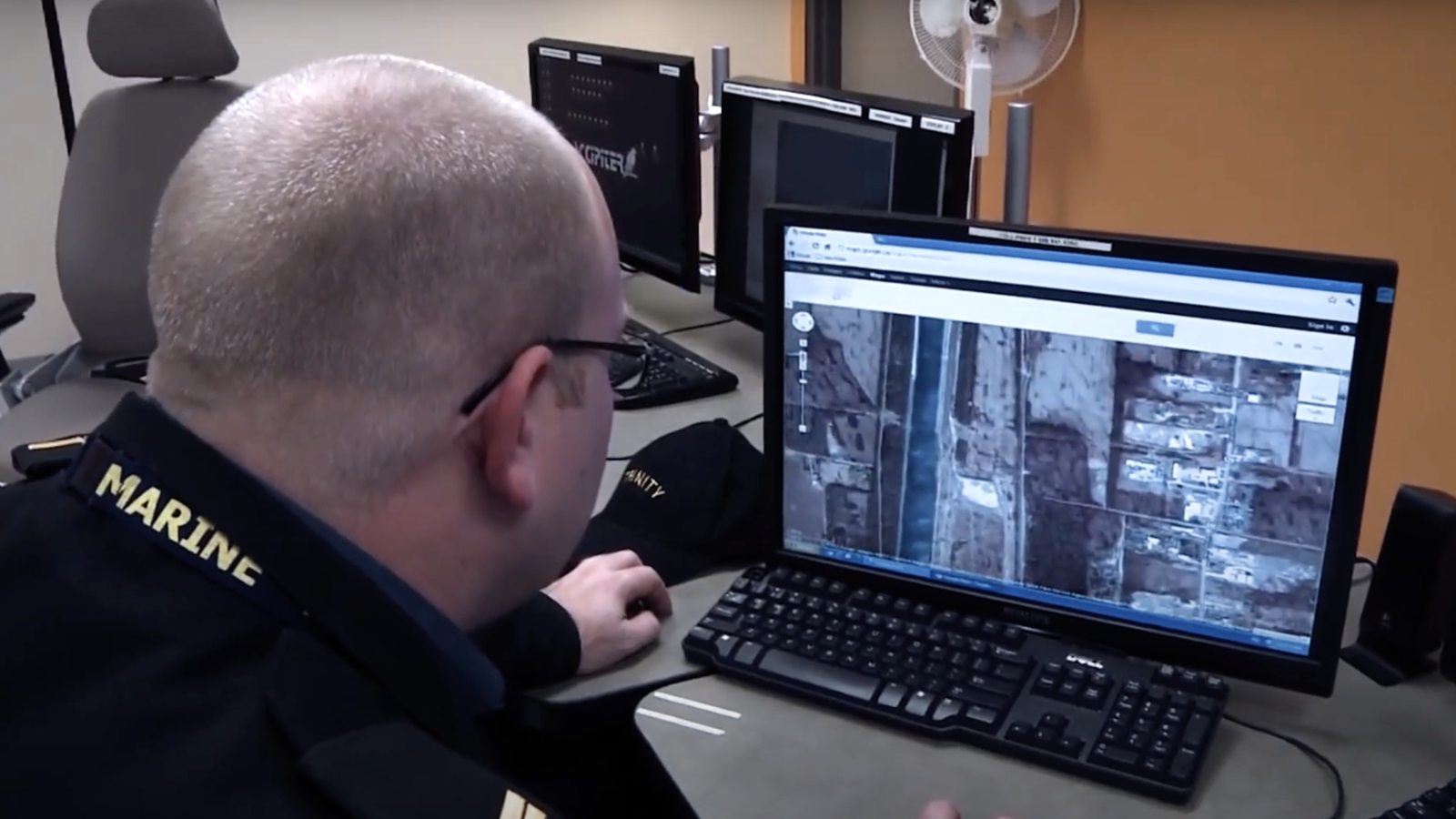With significant involvement from Frontex, the EU Commission has funded more than 800 migration-related security research projects over the past 17 years. The aim is to bring the external borders up to the latest technological standards.
Since 2007, the European Commission has invested around 3.5 billion euros in the research and development of technical systems for border surveillance and combating migration. More than 800 of these projects have been supported by EU funds for Internal Security and Border Management – an average of 4.4 million euros per project. This is according to a presentation that the Commission recently gave to the 27 EU member states in the Council working group on borders, which was made public as part of a freedom of information request.
The investments are channelled into projects for monitoring and controlling the EU’s external borders. In addition to companies, research institutions and universities, the EU border agency Frontex and the agency for large IT systems eu-LISA are also involved. The target groups of the research funding are police and coastal defence units as well as customs authorities and civil protection, some of which are actively involved in the projects themselves.
In the Council document, the Commission identifies three key priorities for the funded projects: firstly, more efficient surveillance of external borders; secondly, secure and simplified border crossing; and thirdly, improving customs processes and securing supply chains.
Surveillance of land and sea borders
A significant part of the investment is focussed on monitoring land and sea borders. Unmanned systems have been developed for border protection units, coastal defence and military navies to ensure the early detection of migration movements on land, in the air, at sea or underwater, especially in remote border areas.
Sensors and AI-supported algorithms are intended to improve situation monitoring and response capabilities at difficult geographical border sections in order to effectively combat ‘people smuggling’ and other unauthorised activities. According to EU documents, these systems are intended to carry out ‘pre-frontier intelligence’, i.e. identify potential threats. At the land borders, this primarily concerns crossings in Greece and Bulgaria with Turkey.
Search and rescue operations on the high seas are also officially among the tasks of the surveillance systems developed with EU funds. Through the back door, however, they are being used to turn back refugees to torture states such as Libya in violation of international law.
Improved controls at border crossings
Another focus is on improving entry controls at the external borders. The projects are aimed at border guards, customs authorities and the police and are intended to use new technologies to optimise the recognition, identification and verification of persons.
There are also plans to introduce compensatory measures to reduce waiting times resulting from new control systems with biometric matching using automated or seamless procedures. This ‘risk-based’ border management also includes increased security of travel and identity documents to prevent attempts at fraud.
At the same time, risk analyses for travellers are being expanded, particularly at airports, in order to increase the efficiency of ‘risk-based’ border management. This also includes the protection of travel and identity documents against fraud. In another area of EU-funded projects, the focus is on customs control and the security of supply chains. X-ray analysis techniques, for example, enable customs authorities to check entire lorries for illegal goods and thus prevent smuggling.
Other EU funds for migration defence
To date, funding has been provided under several EU programmes: the 7th Research Framework Programme (FP7), Horizon 2020 and the current Horizon Europe programme. Institutions and authorities have until 20 November to apply for a new round of funding as part of the Horizon Europe cluster ‘Civil Security and Society’.
In addition to this funding from the Commission, EU agencies such as Frontex and eu-LISA are also providing funds for border surveillance and control. Frontex is investing in new aerial surveillance technologies, such as stratospheric platforms. Frontex also regularly organises ‘industry days’ at its headquarters in Warsaw, where defence and surveillance companies present their technologies for countering migration.
Further funding is also available if the 27 EU member states want to introduce the modern technology. The Commission supports the governments in this from the Integrated Border Management Fund, the Internal Security Fund and an Instrument for Customs Control Equipment.
Image: I-SEAMORE is a Horizon Europe-funded project that coordinates surveillance operations (screenshot, YouTube)





Leave a Reply